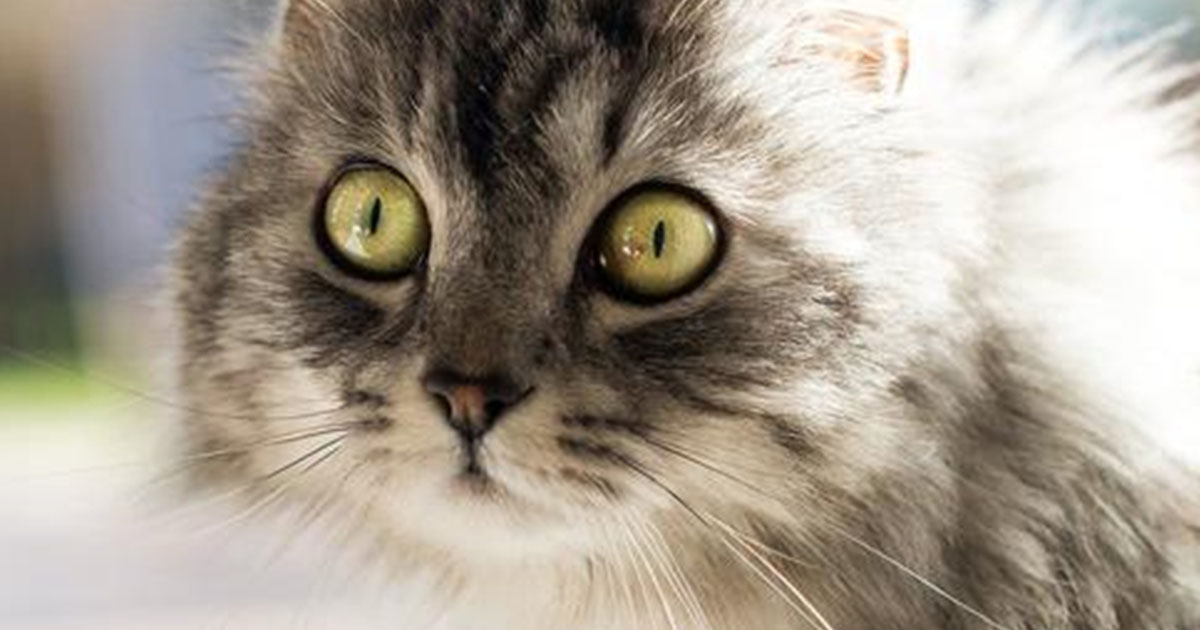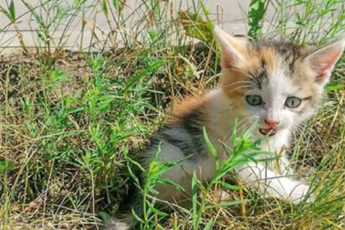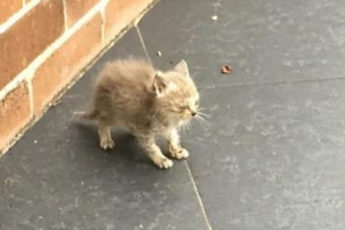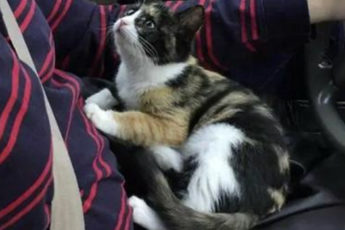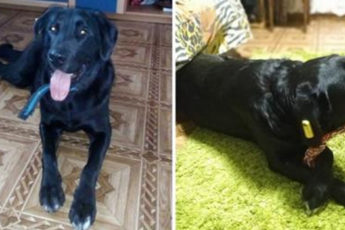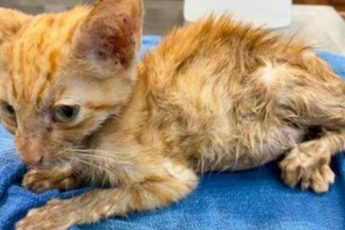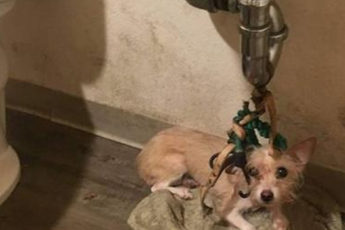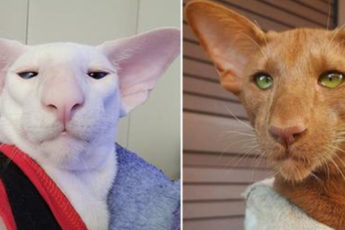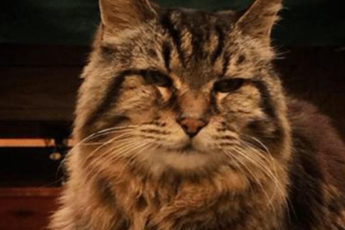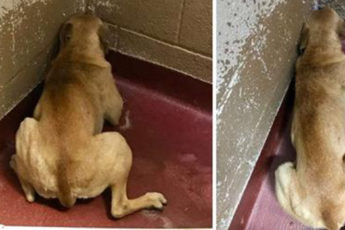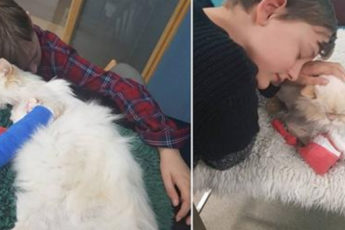According to Egyptian myths, in ancient times, the goddess Bastet and her father, the sun god Ra, consulted on what to call the wonderful fluffy animal that the god Ra transformed into when he hunted the evil serpent Apop. And Bastet’s head was the head of that animal.
Bastet suggested that he be called tailed, but Ra objected that monkeys were more tailed. Bastet suggested that he be called toothy, but Ra disagreed: a crocodile is more toothy. Then the sighted one, said Bastet.
And since then, the Egyptians have called the cat “mau,” which means in their language “seeing,” “seeing.
Perhaps the Egyptians came up with a name similar to the sound that cats make. People have long admired cats’ eyes. To see well, a cat needs 6 times less light than a human. Compared to the eyes of other mammals, a cat’s eyes are very large relative to its body size and are second only to the vision organs of some lemurs.

In the light the pupil is elongated, in the darkness it opens to 1,5 cm, capturing the smallest particles of light (in humans, more than 8 mm, the pupil does not open). By the way, some cat breeds have no eyelashes.
Cats can see well at a distance of 75 cm to 6 m. And this is understandable: a normal mouse will not go into its mouth by itself. A cat sees clearly only one object in front of it, the rest is a little foggy: it has to catch one mouse, even if there are several of them in front of it.

It is believed that cats are not very good at seeing small objects, nevertheless they catch flies flying by deftly from the first throw. It was believed that cats perceive the world in black and white, but now it is proved that cats distinguish colors: they like dark yellow and light brown colors (the colors of possible prey), but the combination of blue, orange and green causes them panic.
Why? It is somehow doubtful that the cat’s ancestors were once hunted by a scary orange and blue beast with a green head. It’s a fact scientists can’t explain. Just as it is difficult to explain white cats’ love of cherry and dark crimson colors.

Why do cat eyes glow? Because they have a special layer of cells that helps the eye “catch” those crumbs of light that are there even in complete darkness. Light is reflected from this layer, and we see two green lights.
Who wakes up earlier – the cat or its whiskers?
When the cat is asleep, her whiskers are pressed against her muzzle-why would a sleeping cat need extra information about the world? But as soon as something changes around it, the whiskers start to move, getting information and sending it to the brain. Alarm – and the cat opens its eyes and starts to act. If all is well, the whiskers fit tightly against the muzzle again and sleep continues.
More about the sense organs. In 1965, biologists from California conducted experiments that showed that cats can sense X-rays. They see them a little with their eyes, but they mostly feel them with their olfactory bulb, which is located behind the nasal passage. No animals reacted to the small, non-hazardous doses of radiation, and the cats ran away.
You can, of course, smell dinner. A cat senses odors 14 times better than a human, although much weaker than a dog (by the way, cat nose pattern is as unique as human fingerprints, by which a criminal is identified). Cats recognize each other by their scent, and sniffing begins acquaintance – that’s how cats say hello.

If the cat does not like the smell of the food, it will refuse it. It should be noted that a cat has a completely normal taste organ – the papillae on its tongue. It senses salty things with the tip of its tongue, bitter things with the back of its tongue, and most cats react weakly to sweet things. This is understandable – a mouse or any other meat is tasty to a cat.
Although the list of cat foods compiled by their owners includes oranges, grapes, potato peels (she lugging from the garbage can), candy, especially chocolate, olives, ice cream, pickles salted and fresh, cakes, cookies, gingerbread, jam pies, fresh and salted tomatoes, cheese, dates, halva, garlic, apples.
Can cats hear with their eyes?
Scientists have studied the activity of the cat’s brain and found a strange thing: the visual centers of a cat’s brain respond to sound! That is, cats hear a little with their eyes.
Cats also smell with their mouths (there is a Jacobson organ on the upper palate that cats use to “taste the smell”).
Cats’ sense of touch is very interesting. Of course, like all animals, cats feel touch with their skin. But much more important for them are vibrissae – long hairs, “stitched” all over their fur. Vibrissae pick up the lightest vibrations of air. When a cat touches an unfamiliar object with its paw, only the vibrissae on the paw touch the object.

This is enough – the cat knows everything. So in no case you should not trim the cat’s whiskers – it will be badly oriented, it will have a bad mood, until the whiskers grow back. It is interesting that the breeds with short wavy hair (Devon Rex, Cornish Rex) also have wavy whiskers.
With the help of whiskers (24 whiskers and eyebrows – muzzle whiskers) a cat even defines if it will get through the hole, because the length of the whiskers is equal to the width of the cat’s body. But if the cat is fat and its sides stick out more than the whiskers stick out, then the information is wrong. The whiskers “tell” that the hole is not small and the cat will fit into it, but the fat tummy is stuck in!


